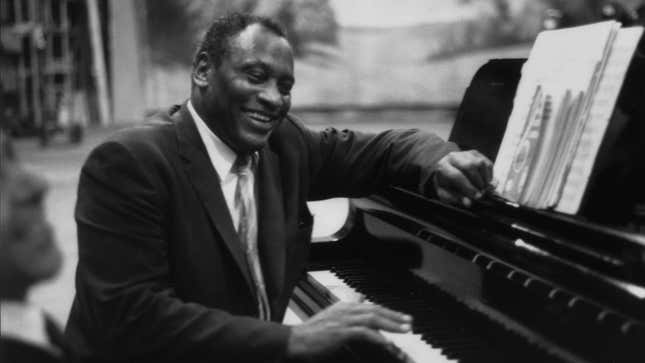The Sydney Opera House turns 50: How an iconic structure ...
Sydney Opera House turns 50 this year.Photo: Loren Elliott (Reuters)
Australia’s most famous attraction, the Sydney Opera House, opened its doors 50 years ago today, on Oct. 20, 1973.

The petal-shaped venue located at Bennelong Point was designed by a lesser-known architect Jørn Utzon from Denmark after the country hosted a competition in 1956 to create a national performance center. Utzon’s design, one of 233 submissions, bagged him 5000 Australian pounds as a prize. (The Australian dollar was introduced a decade later).
When work commenced on the Sydney Opera House in 1959, the cost estimate was $7 million, and it was supposed to take four years. However, the construction eventually ended up costing $102 million—13 times the original estimate—and it took 10,000 workers and 14 years to complete. It was largely paid for by a State Lottery.
Today, the number of annual visitors at the Opera House tops 10.9 million, official data show. It is the busiest performance center in the world with over 1,500 performances per year and serves as home to Opera Australia, the Australian Ballet, the Sydney Theatre Company, and the Sydney Symphony Orchestra.

An image of Britain’s Queen Elizabeth illuminated on the sail of Sydney Opera House. Photo: Jaimi Joy (Reuters)
Sydney Opera House was opened by Queen Elizabeth II on Oct. 20, 1973.
Back then, the walkway along East Circular Quay was still drivable. The 47-year-old queen traveled along this road to the Opera House in an open convertible on opening day, as an eye witness named Michael Cameron, who attended the official opening as a young boy, described. “The band played God Save the Queen. The pink streamers were cut. The Queen managed to climb the steps without injury,” he wrote.
At the opening, the British Queen said, “The human spirit must sometimes take wings or sails, and create something that is not just utilitarian or commonplace.”
On Sept. 9, an image of Britain’s Queen Elizabeth was illuminated on the sail of Sydney Opera House, following her passing.

Paul Robeson was an American bass-baritone concert artist, stage and film actor, professional football player, and activist.Photo: Paul Robeson (Getty Images)
American bass-baritone concert artist Paul Robeson was, according to legend, the first person to perform at Sydney Opera House—over a decade before the site was officially open. In 1960, he climbed the scaffolding and sang “Ol’ Man River” to the construction workers as they ate lunch, the official website says.
The first public performance by the national orchestra took place a month prior to the official opening, on Sept. 28, 1973. Their choice to perform Sergei Prokofiev’s operatic adaptation of Leo Tolstoy’s epic novel, War and Peace, was a fitting choice: “it was an Australian premiere, its surprise factor attracted plenty of international attention and, crucially, it featured plenty of roles, allowing many of the company’s treasured singers to take part in the historic first performance,” says the Opera Australia’s website.

Sydney Opera House gets special protection rights in 2007.Photo: Jason Reed (Reuters)
In 2007, the Sydney Opera House was inscribed into the World Heritage List by the United Nations Educational, Scientific and Cultural Organization (UNESCO).
The UN agency describes the Opera House, comprising three groups of interlocking vaulted “shells,” which roof two main performance halls and a restaurant, as “a great architectural work of the 20th century that brings together multiple strands of creativity and innovation in both architectural form and structural design.”
The UN’s conservation plan emphasizes “the need to balance the roles of the building as an architectural monument and as a state of the art performing centre, thus retaining its authenticity of use and function.”

Jorn Utzon won the Pritzker Prize for it. Photo: Cameron Spencer (Getty Images)
The Danish architect went on to create several buildings, including churches, residences for himself in Denmark and Spain, and even the National Assembly of Kuwait. But Sydney Opera House remains the most remarkable.
Unfortunately, the the brains behind the building’s design never saw it in its finished state. Utzon quit the project in 1966 over irreconcilable differences with the state government. Engineer Ove Arup saw it through.
Utzon was not at the opening. In fact, he vowed never to return to Australia. In 2008, at age 90, he died in Copenhagen, having made good on his vow.





















































